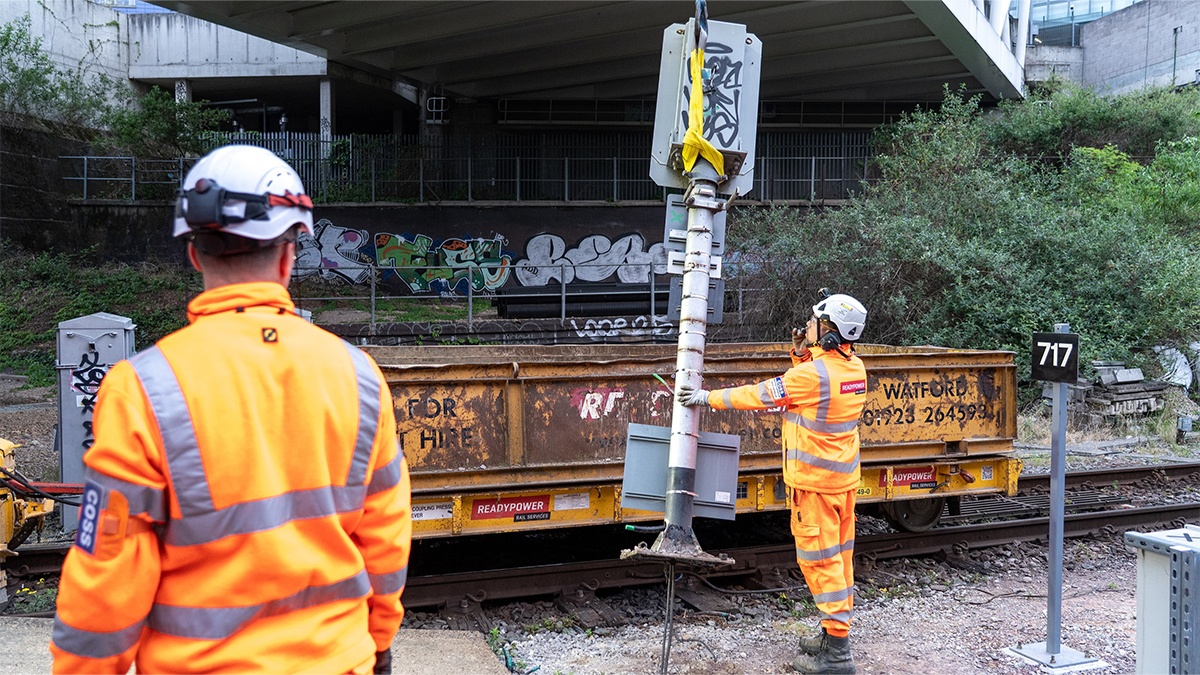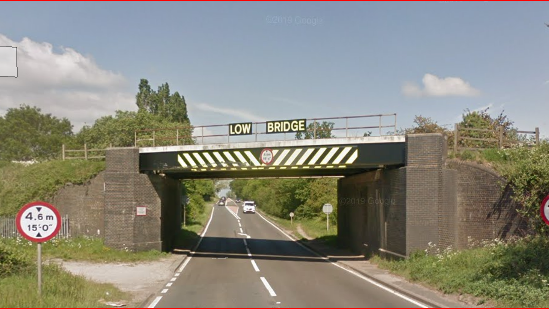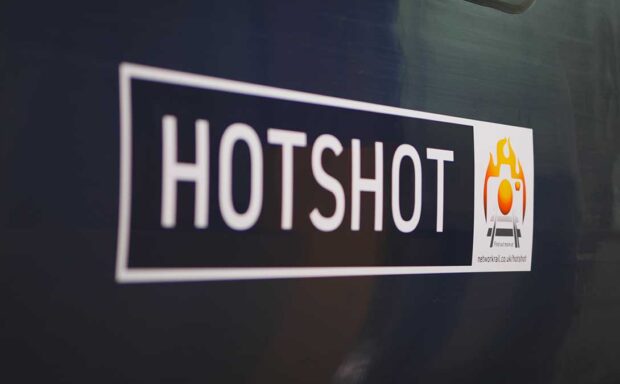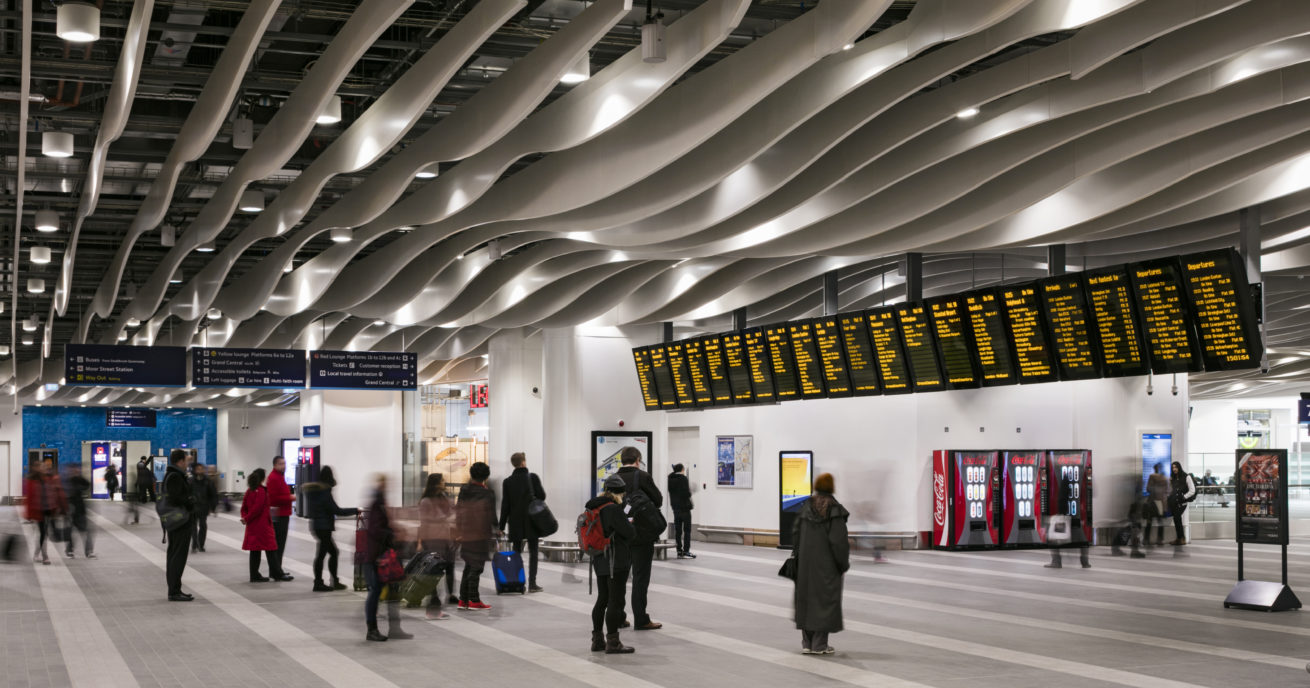The Northern City Line between Finsbury Park and Moorgate has become the first commuter railway in Britain to run without signals beside the track.
It’s a major milestone in our mission to digitalise the railway – and give you faster and more reliable journeys.
A major milestone
We removed the last of the traditional track-side signals on this commuter route over the weekend of 17 and 18 May. These traditional signals – the so-called traffic lights at the side of the track – have been used in one form or another on this route since it opened 121 years ago.
But we’ve now completed the full switch to digital signalling technology on the route as part of the £1.4bn East Coast Digital Programme. Drivers are now told how far and how fast to run their trains through an in-cab computer screen inside the train, which receives information from a digital signalling system known as the European Train Control System (ETCS).
Rail Minister Lord Peter Hendy said: “Digital signalling is not only more cost effective, but even safer and more resilient than traditional signalling. This technology, which is as advanced as it gets, could reduce delays by up to a third.”
Ed Akers, industry partnership director for the East Coast Digital Programme at Network Rail, said: “This milestone represents a real step forward in how we work together as an industry to deliver change, with a deep collaboration across track and train.
“The learnings we have had from delivering a no signals railway in the heart of London, are what will enable us to deliver a railway transformation on the East Coast Main Line and then nationally.”
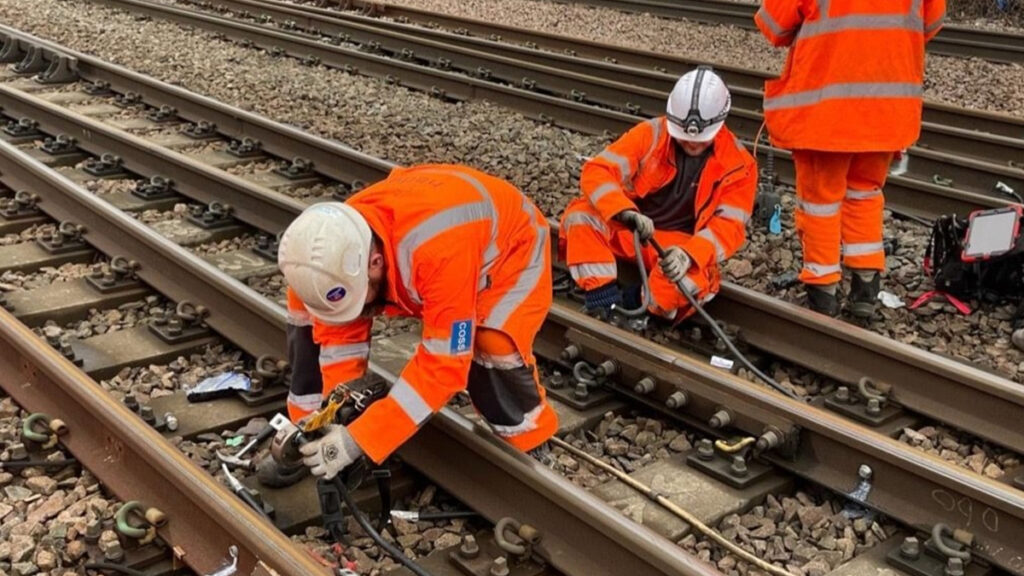
Digitalising our railway for better journeys
We had already introduced a no-signals railway as an early pilot on the rural Cambrian line in 2011. But this is the first time we’ve introduced it on a high-frequency metro railway.
Digital signalling using European Train Control System is a proven technology already used in many countries in Europe and elsewhere. It brings several benefits including …
Greater reliability
Digital signalling means we no longer need to maintain a large amount of equipment involved with traditional track-side signals. This will in turn reduce the amount of signalling-related engineering work we’ll need to carry out in the future by about almost half. And that means less disruption to your journeys.
Plus, moving to digital signalling means signal-related disruption is less likely to affect trains. This potentially reduces thousands of hours of delays.
More punctual trains
The in-cab technology gives train drivers continual information about the safe maximum speed for their trains. And it gives drivers more information about the route ahead than fixed traffic light signals. Both of these lead to more efficient operations and help trains stay on time.
Digital signalling also mean signallers can continuously communicate with every train on the railway and respond in real time. This will help us smooth the flow of trains and recover services more quickly after disruption – giving you more punctual journeys.
Even safer
The European Train Control System continuously calculates a safe maximum speed for each train. The train is brought safely to a halt if the driver exceeds this – making our railway and your journeys even safer.
Greener journeys
The East Coast Main Line is already electrified but bringing digital signalling to this major route will help us give you an even greener railway.
The upgrades will reduce carbon emissions by a further 55,000 tonnes over 60 years – that’s the same as over 65,000 one-way flights from London to New York, or over two million passenger train journeys from London to Edinburgh. This is because there’s much less physical equipment to produce and maintain than for traffic light signals.
The technology also allows gentler braking, so your journeys are smoother and use less energy. Finally, a more reliable and punctual railway will encourage more people to choose rail over road and air, ultimately reducing transport emissions in the long-term.
A bright future
We’re already working to install the European Train Control System on to the rest of the East Coast Main Line as part of the East Coast Digital Programme. This major route connects London and Edinburgh via Yorkshire, York, Durham and Newcastle. And we have plans to introduce it elsewhere to create a railway fit for the future.
